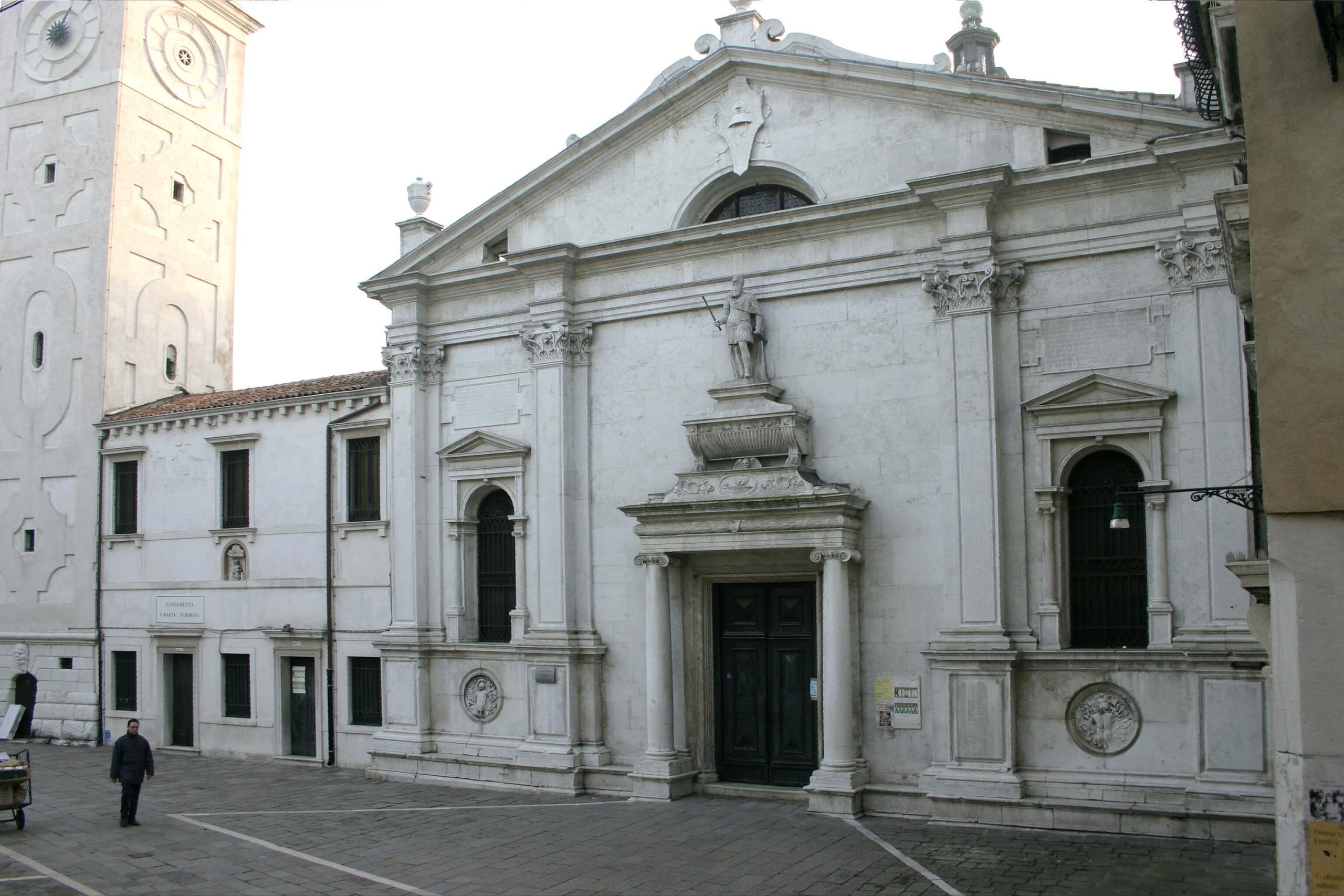Church of Santa Maria Formosa
- 2 min read
The Church of Santa Maria Formosa, located in the picturesque district of Castello, on the borders with San Marco, is a true masterpiece of Renaissance architecture.

Storia e leggende
The history of Santa Maria Formosa dates back to the distant year 639, when, according to tradition, Saint Magnus of Oderzo built the church in honor of the Virgin Mary. Legend has it that the Madonna appeared to the saint in a mysterious form, thus inspiring the name of the church. However, the earliest written records of the church date back only to 1060. Over the centuries, the church underwent various transformations and restorations, culminating in its present splendor thanks to the architect Mauro Codussi in 1492.
The description of the exterior of the building
La facciata ovest, commissionata dalla famiglia Cappello nel 1542, è un esempio di classicismo rinascimentale. Le colonne ioniche del portale sorreggono il monumento funebre dell’ammiraglio Vincenzo Cappello, mentre al centro del timpano si erge lo stemma della famiglia. La facciata nord, invece, risalente al 1604, presenta un design più elaborato, con statue della Vergine e Virtù che adornano il secondo livello.
Il campanile, completato nel 1688, è un capolavoro barocco con decorazioni ricche e dettagliate. La sua cuspide, circondata da cherubini, si erge maestosa nel cielo veneziano.
The description of the interior of the building
The interior of the church is a celebration of art and spirituality. The side aisles house works by renowned artists such as Palma il Vecchio and Leandro Bassano. The side chapels are adorned with polyptychs and statues of great artistic and historical value.
The sanctuary, with the high altar and the funerary urns of the Donà family, is a place of prayer and contemplation. The ceiling is decorated with frescoes depicting sacred stories and Venetian legends.
The Church of Santa Maria Formosa is a remarkable testament to Venetian art and history. Its richly decorated interior, filled with masterpieces by renowned artists, invites visitors to explore its spiritual and artistic significance. The church’s architectural beauty, combined with its historical context and sacred atmosphere, makes it a captivating destination for those seeking to immerse themselves in the cultural heritage of Venice.
